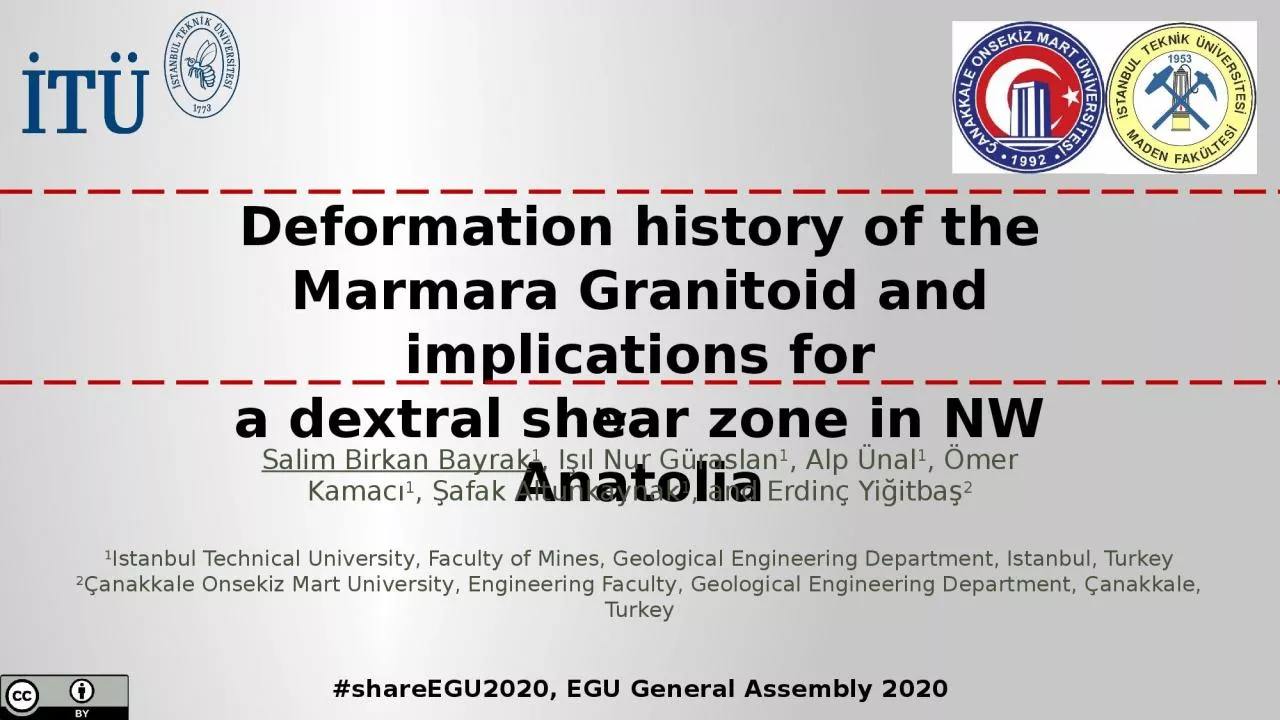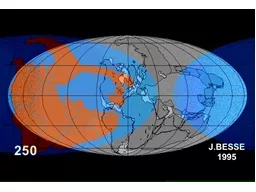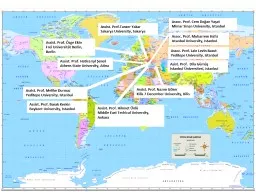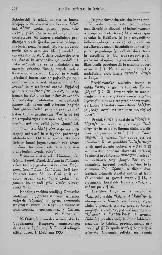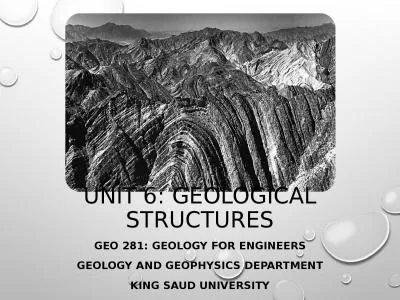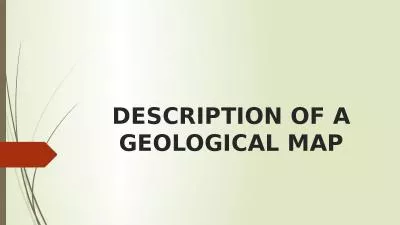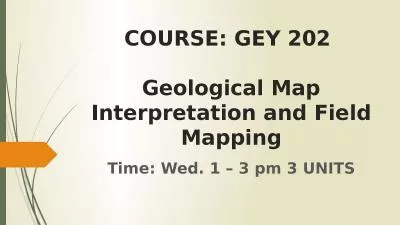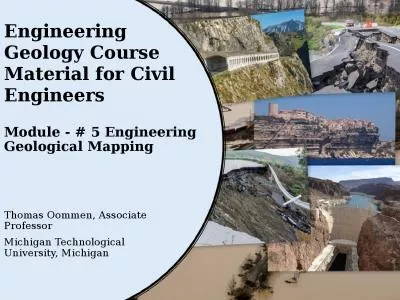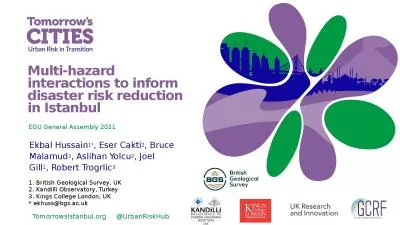PPT-1 Istanbul Technical University, Faculty of Mines, Geological Engineering Department,
Author : SchoolDaze | Published Date : 2022-08-01
2 Çanakkale Onsekiz Mart University Engineering Faculty Geological Engineering Department Çanakkale Turkey shareEGU2020 EGU General Assembly 2020 Deformation
Presentation Embed Code
Download Presentation
Download Presentation The PPT/PDF document "1 Istanbul Technical University, Faculty..." is the property of its rightful owner. Permission is granted to download and print the materials on this website for personal, non-commercial use only, and to display it on your personal computer provided you do not modify the materials and that you retain all copyright notices contained in the materials. By downloading content from our website, you accept the terms of this agreement.
1 Istanbul Technical University, Faculty of Mines, Geological Engineering Department,: Transcript
Download Rules Of Document
"1 Istanbul Technical University, Faculty of Mines, Geological Engineering Department,"The content belongs to its owner. You may download and print it for personal use, without modification, and keep all copyright notices. By downloading, you agree to these terms.
Related Documents

